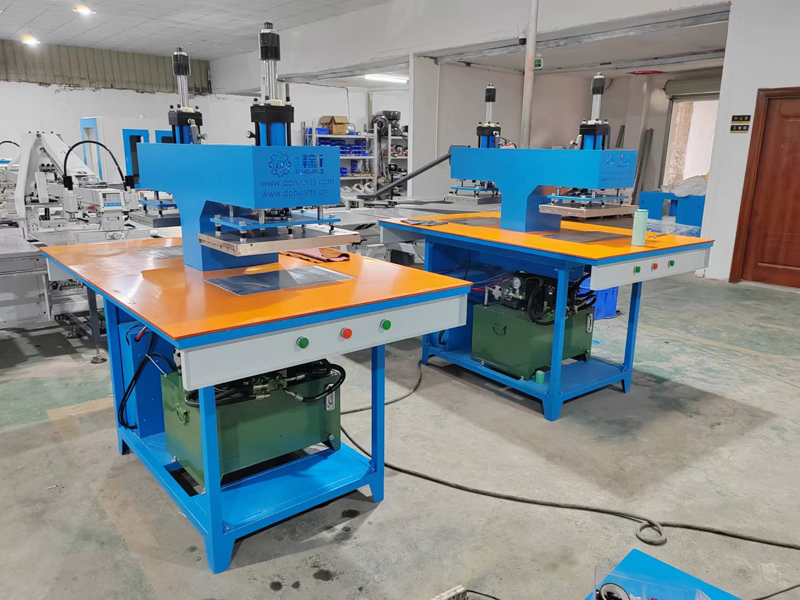Embossing machines are widely used in various industries to create raised or sunken designs on different materials. They provide a unique and decorative touch to products such as paper, leather, fabric, and plastic. Two popular types of embossing machines are hydraulic and pneumatic embossing machines. While both machines serve the same purpose, they differ in their operation and functionality. In this article, we will explore the key differences between hydraulic embossing machines and pneumatic embossing machines.
Hydraulic Embossing Machine: A hydraulic embossing machine utilizes hydraulic pressure to carry out the embossing process. It consists of a hydraulic system that applies pressure to the embossing plate, which in turn transfers the design onto the material. Hydraulic embossing machines are known for their high pressure capabilities, making them suitable for embossing thick and hard materials.
One of the primary advantages of hydraulic embossing machines is their ability to exert consistent and uniform pressure. This ensures that the embossed design is evenly imprinted on the material, resulting in a high-quality finished product. Additionally, hydraulic embossing machines offer a wide range of pressure adjustments, allowing users to customize the embossing depth according to their specific requirements.
Pneumatic Embossing Machine: In contrast to hydraulic embossing machines, pneumatic embossing machines rely on compressed air to execute the embossing process. These machines feature an air-powered system that controls the pressure applied to the embossing plate. Pneumatic embossing machines are typically used for embossing softer materials such as paper and fabric.
One of the key advantages of pneumatic embossing machines is their versatility. They are capable of embossing a wide range of materials, including delicate ones that may be susceptible to damage under high pressure. Pneumatic machines also offer quick response times, allowing for efficient production rates. However, it is important to note that pneumatic embossing machines may not be suitable for embossing thick or hard materials due to their limited pressure capabilities.
Differences in Operation: The operation of hydraulic and pneumatic embossing machines also differs significantly. Hydraulic machines require a hydraulic power source, such as a hydraulic pump or cylinder, to generate the necessary pressure. On the other hand, pneumatic machines rely on an air compressor to produce compressed air for the embossing process. This distinction in power sources affects the overall performance and functionality of the machines.
In summary, hydraulic embossing machines and pneumatic embossing machines are two distinct types of equipment used for embossing designs on various materials. Hydraulic machines offer high pressure capabilities and are suitable for embossing thick and hard materials. Pneumatic machines, on the other hand, are versatile and can emboss a wide range of materials, particularly softer ones. Understanding the differences between these machines can help businesses choose the most appropriate embossing solution for their specific needs
Post time: Jul-31-2023

